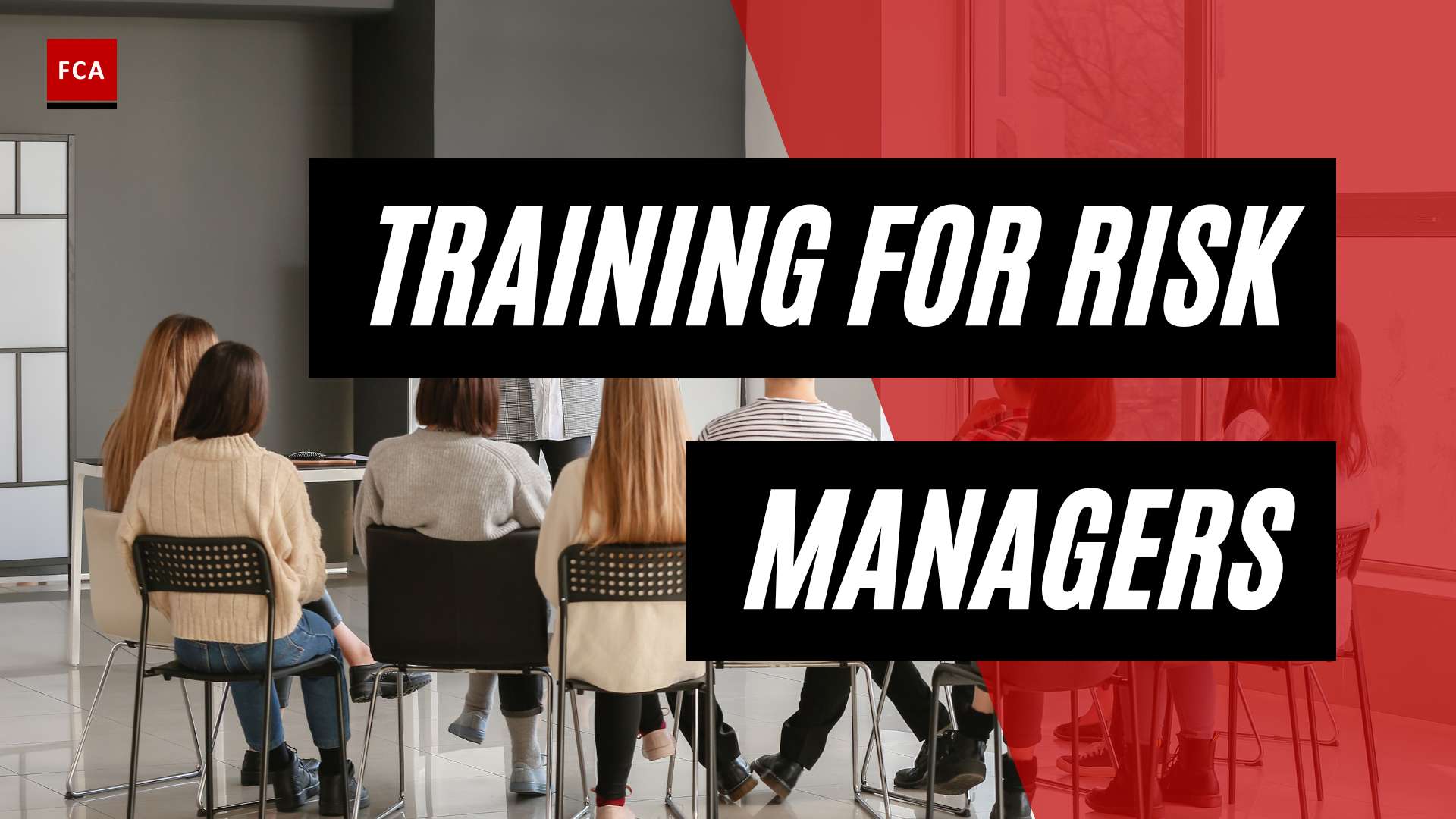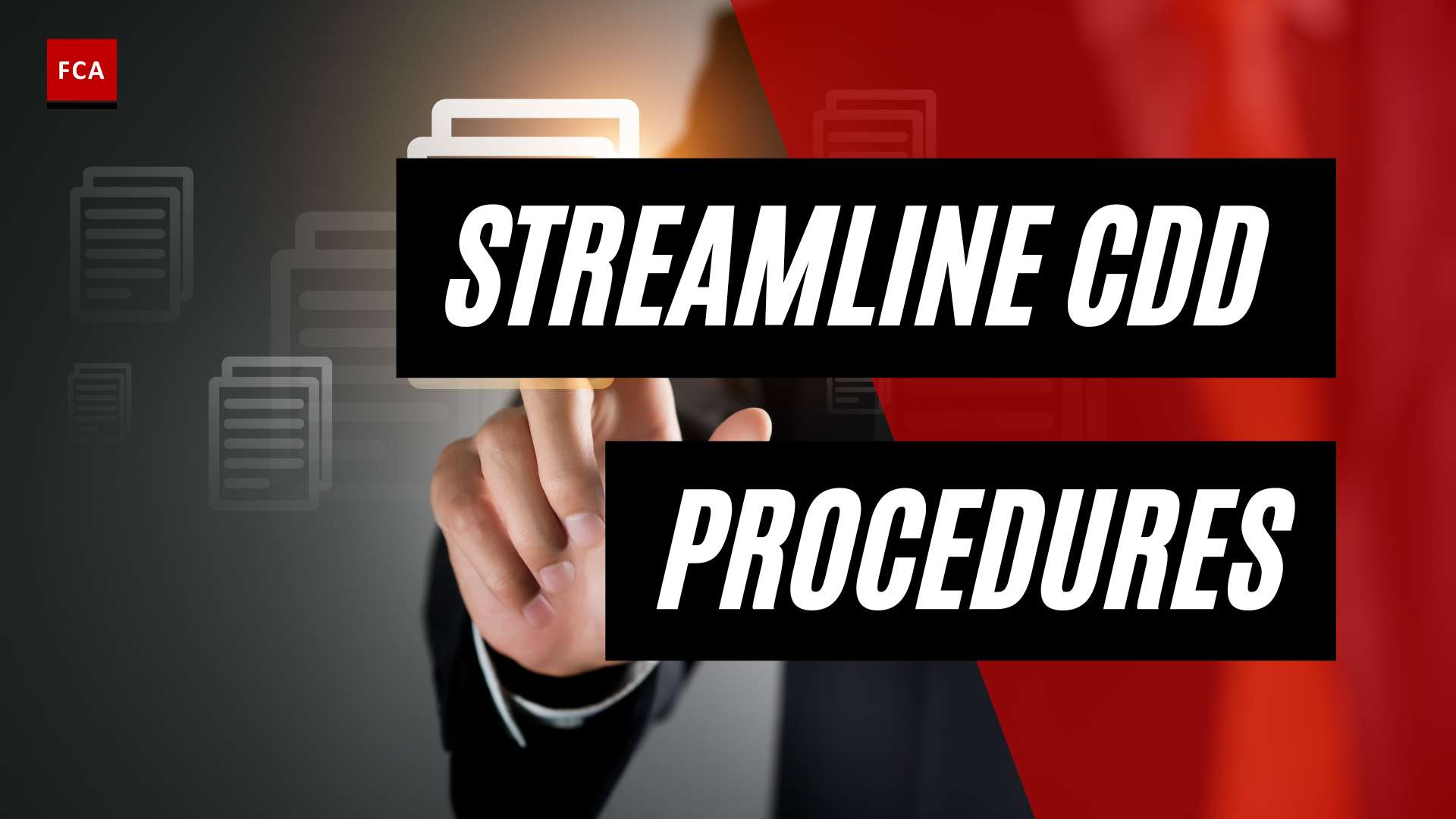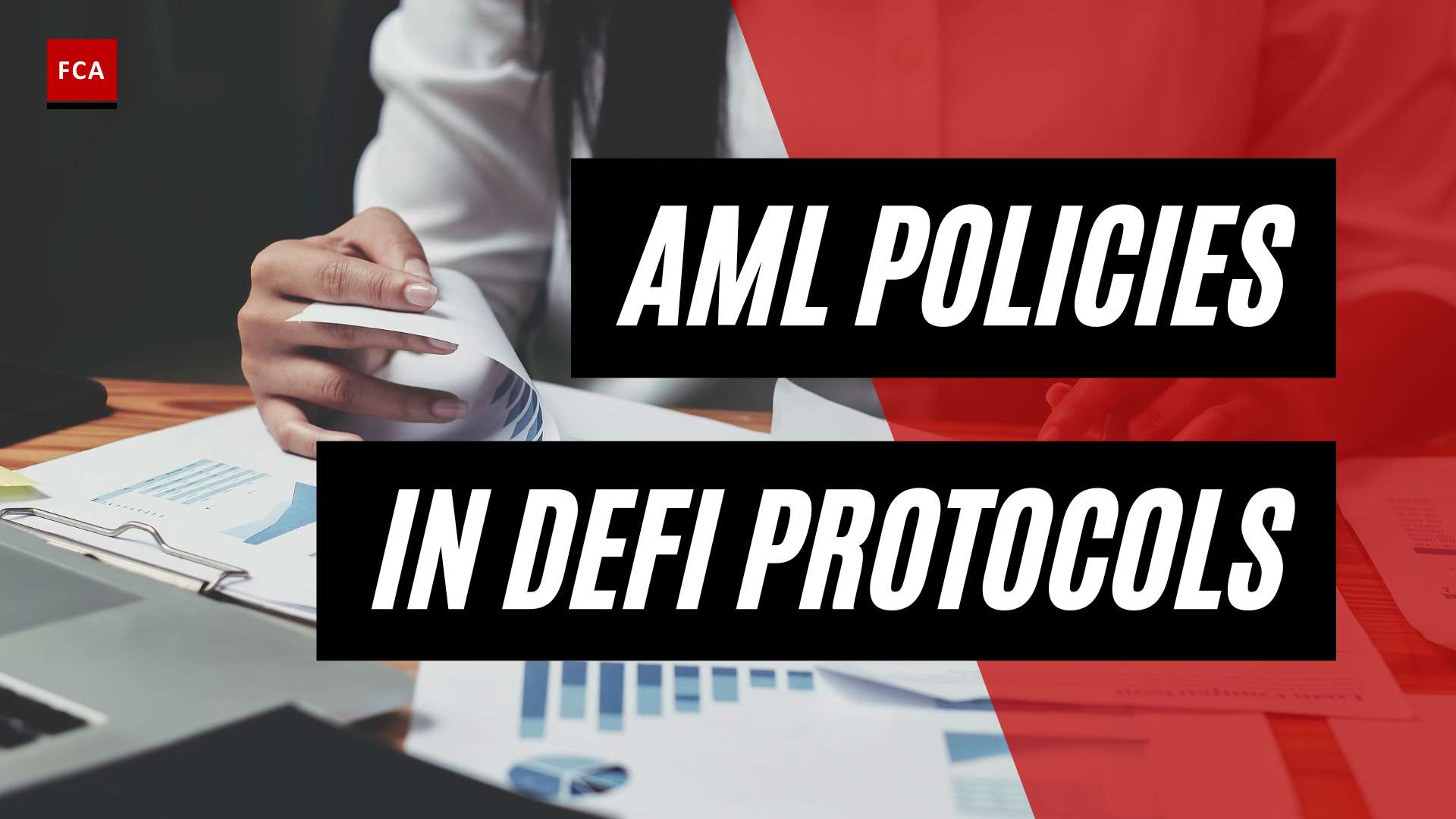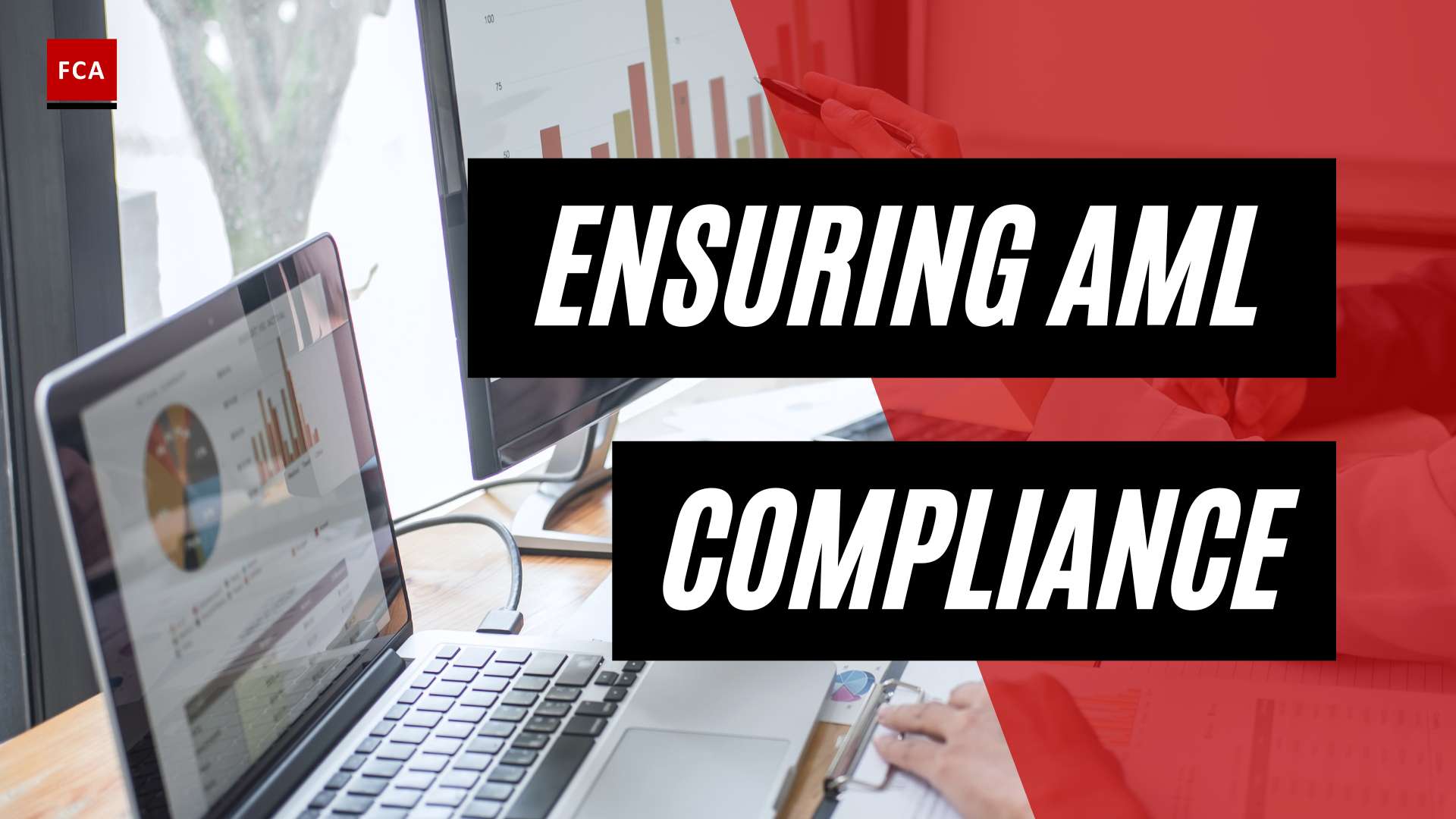AML Training for Insurance Professionals
In the fight against money laundering, it is crucial for insurance professionals to receive proper AML training to understand the intricacies of this illicit activity and fulfill their responsibilities effectively. AML training equips professionals with the knowledge and skills necessary to identify, prevent, and report suspicious transactions. This section will delve into the importance of AML training for insurance professionals and provide an overview of the concept of money laundering.
Understanding Money Laundering
Money laundering is the process by which illegally obtained funds are made to appear legitimate. Criminals engage in money laundering to disguise the origins of their illicit proceeds and integrate them into the legal economy. By doing so, they can enjoy the financial benefits of their illegal activities while evading detection and prosecution.
Money laundering typically involves three stages: placement, layering, and integration. During the placement stage, funds derived from criminal activities are introduced into the financial system. In the layering stage, the illicit origins of the funds are concealed through complex transactions, often involving multiple jurisdictions and financial institutions. Finally, in the integration stage, the laundered funds are reintroduced into the economy, appearing as legitimate assets.
Insurance companies can unwittingly become conduits for money laundering if they fail to implement robust AML measures. By understanding the methods and typologies used by money launderers, insurance professionals can effectively identify suspicious activities and take appropriate action.
Importance of AML Training for Insurance Professionals
AML training is of paramount importance for insurance professionals to mitigate the risks posed by money laundering activities and ensure compliance with anti-money laundering regulations. Such training equips professionals with the necessary knowledge and skills to recognize and prevent money laundering within their organizations.
Insurance professionals need to be familiar with various aspects of AML, such as money laundering typologies, risk assessments, and customer due diligence. By understanding these key elements, professionals can identify red flags and potential risks associated with money laundering activities. This knowledge enables them to implement appropriate measures to prevent these activities from occurring within their organizations.
Additionally, AML training for insurance professionals emphasizes the importance of reporting suspicious activities to regulatory authorities. Timely reporting is crucial in combating money laundering and preventing criminals from exploiting the insurance industry. By reporting suspicious transactions, insurance professionals contribute to the collective effort in safeguarding the financial system from illicit activities.
Insurance professionals should undergo regular AML training to stay up to date with the latest regulations and best practices. By doing so, they can enhance their ability to identify and mitigate money laundering risks effectively. A well-trained workforce is a vital component in the fight against financial crime and ensures that the insurance industry plays its part in protecting the integrity of the global financial system.
In the following sections, we will explore the key elements of AML training for insurance professionals, the components of an effective AML compliance program, and the consequences of non-compliance.
Key Elements of AML Training
To effectively combat money laundering and ensure compliance with regulations, AML training for insurance professionals covers several key elements. These elements include an understanding of money laundering typologies, conducting risk assessments in AML, and implementing customer due diligence measures.
Money Laundering Typologies
AML training familiarizes insurance professionals with various money laundering typologies. This involves examining the techniques and methods used by criminals to legitimize illicit funds. By understanding these typologies, insurance professionals can better recognize potential red flags and suspicious activities.
The training may include case studies and examples of common money laundering typologies, such as structuring, smurfing, trade-based laundering, and shell companies. By analyzing real-life scenarios, insurance professionals can enhance their ability to detect and report suspicious transactions.
Risk Assessments in AML
Risk assessments play a vital role in AML programs. During training, insurance professionals learn how to conduct thorough risk assessments to identify and mitigate potential vulnerabilities to money laundering activities. This includes assessing both internal and external factors that may contribute to the risk landscape.
Insurance professionals are trained to evaluate factors such as the geographical locations of clients, the nature of insurance products offered, and the complexity of transactions. By understanding the risk factors specific to the insurance industry, professionals can implement appropriate controls and measures to minimize the risk of money laundering.
Customer Due Diligence
Customer due diligence (CDD) is an essential component of AML training for insurance professionals. CDD involves verifying the identity of customers and assessing the risks associated with their transactions. Training programs provide guidance on implementing effective CDD measures to ensure compliance with regulatory requirements.
Insurance professionals learn how to gather and analyze customer information, including identification documents, sources of funds, and the purpose of insurance policies. They are trained to identify any inconsistencies or suspicious activities that may warrant further investigation.
By conducting thorough customer due diligence, insurance professionals contribute to the prevention of money laundering and the protection of the insurance industry from being exploited by criminal elements.
Understanding the key elements of AML training, including money laundering typologies, risk assessments, and customer due diligence, equips insurance professionals with the knowledge and skills necessary to fulfill their AML obligations effectively. By staying vigilant and implementing appropriate measures, insurance professionals play a vital role in safeguarding the industry and contributing to the global fight against financial crimes.
Components of an Effective AML Compliance Program
To effectively combat money laundering, insurance companies must establish a robust anti-money laundering (AML) compliance program. This program comprises various components that work together to ensure the identification and prevention of suspicious activities. Three key components of an effective AML compliance program for insurance professionals include policies and procedures, reporting suspicious activities, and the role of a compliance officer.
Policies and Procedures
A crucial aspect of an AML compliance program is the development and implementation of comprehensive policies and procedures. These policies outline the company’s commitment to AML compliance and provide guidance on identifying and mitigating money laundering risks. They serve as a blueprint for insurance professionals to follow when conducting their day-to-day activities.
The policies and procedures should address various aspects, such as customer due diligence, transaction monitoring, and recordkeeping. By clearly defining these processes, insurance professionals can better understand their responsibilities and obligations in detecting and reporting suspicious activities.
Reporting Suspicious Activities
Another critical component of an effective AML compliance program is establishing procedures for reporting suspicious activities. Insurance professionals play a vital role in identifying and reporting any transactions or behaviors that raise suspicions of money laundering. Timely reporting of such activities is essential for law enforcement agencies to take appropriate action and disrupt illicit financial activities.
Insurance companies must provide ongoing training to their employees, agents, and brokers regarding their responsibilities under the AML program (FINCEN). This training should include instruction on recognizing red flags, understanding the reporting process, and maintaining confidentiality. By equipping insurance professionals with the knowledge and tools to identify and report suspicious activities, companies can contribute to the collective effort in combating money laundering.
Role of Compliance Officer
The role of a compliance officer is pivotal in ensuring the effectiveness of an AML compliance program. Insurance companies must appoint a compliance officer responsible for overseeing the program’s implementation and maintenance. This includes developing policies and procedures, conducting risk assessments, providing training, and monitoring the program’s overall effectiveness.
The compliance officer serves as the point person for regulatory compliance and liaises with relevant authorities when necessary. They play a crucial role in ensuring that insurance professionals adhere to the AML policies and procedures, and they are responsible for conducting periodic reviews and audits to identify any gaps or weaknesses in the program.
Insurance companies may choose to have in-house compliance officers or outsource this function to a competent third party. Regardless of the approach, the insurance company remains responsible for assuring compliance and monitoring the effectiveness of the training program (FINCEN).
By having well-defined policies and procedures, promoting the reporting of suspicious activities, and designating a compliance officer, insurance companies can establish a strong AML compliance program. This program not only helps protect the industry from illicit financial activities but also safeguards the company’s reputation and integrity.
Experiential Learning in AML Training
In AML training for insurance professionals, experiential learning plays a crucial role in enhancing their understanding of anti-money laundering concepts and equipping them with practical skills to identify and address potential money laundering risks effectively. This approach goes beyond theoretical knowledge and encourages active participation through real-life case studies, interactive scenarios, and practical exercises.
Real-Life Case Studies
Real-life case studies are an integral part of AML training for insurance professionals. These case studies present actual money laundering scenarios that professionals may encounter in their roles. By analyzing these cases, professionals gain insight into the methods used by money launderers and the red flags that indicate suspicious activities. This practical approach helps them develop the critical thinking skills necessary to identify and mitigate money laundering risks in their day-to-day work.
Interactive Scenarios
Interactive scenarios offer insurance professionals the opportunity to engage directly with AML training materials. These scenarios simulate real-world situations, allowing professionals to apply their knowledge and make decisions in a risk-free environment. Through interactive exercises, professionals can assess the potential risks, evaluate different courses of action, and understand the consequences of their decisions. This hands-on experience enhances their ability to recognize and respond appropriately to suspicious activities related to money laundering.
Practical Exercises
Practical exercises provide insurance professionals with a chance to put their AML knowledge into practice. These exercises may involve analyzing transaction data, conducting risk assessments, or evaluating customer due diligence procedures. By actively engaging in these exercises, professionals develop a deeper understanding of the challenges they may face in their roles and how to effectively address them. This practical application of AML concepts strengthens their ability to detect and prevent money laundering activities within the insurance industry.
Experiential learning in AML training for insurance professionals is an effective way to bridge the gap between theory and practice. By incorporating real-life case studies, interactive scenarios, and practical exercises, professionals can enhance their skills and knowledge, ensuring they are well-equipped to fulfill their responsibilities in identifying and reporting potential money laundering activities. To further explore AML training for specific roles, you can refer to our articles on AML training for accountants, AML training for auditors, AML training for lawyers, AML training for regulators, AML training for compliance officers, AML training for banking professionals, AML training for financial analysts, AML training for risk managers, and AML training for law enforcement.
Consequences of Non-Compliance
When it comes to Anti-Money Laundering (AML) regulations, compliance is not optional. Failure to comply with AML requirements can have significant consequences for insurance professionals and their firms. It’s essential to understand the potential risks involved to protect both the financial system and the reputation of the industry.
Financial Penalties
One of the primary consequences of non-compliance with AML regulations is the imposition of financial penalties. Regulatory authorities have the power to levy substantial fines on insurance professionals and their organizations for failing to meet their AML obligations. These fines can amount to millions of dollars, depending on the severity of the violation and the applicable regulations.
For example, under the USA PATRIOT Act, insurance professionals can face fines of up to $1 million or double the value of the transaction for non-compliance (Unit21). The Bank Secrecy Act (BSA) of 1970, another crucial U.S. law in the fight against money laundering, carries penalties of up to $500,000 and imprisonment for up to ten years for violators (Unit21). These penalties serve as a deterrent and emphasize the seriousness of AML compliance.
Reputational Damage
Non-compliance with AML regulations can have severe repercussions for the reputation of insurance professionals and their firms. Being associated with money laundering or financial crime can erode the trust of clients, investors, and business partners. News of non-compliance can spread quickly, damaging the reputation built over years of hard work.
Reputational damage can lead to a loss of business opportunities and relationships. Potential clients may choose to work with competitors who have a stronger reputation for compliance. Insurance professionals who prioritize AML training and maintain a strong compliance culture can demonstrate their commitment to ethical business practices and safeguard their reputation.
Legal Implications
In addition to financial penalties and reputational damage, non-compliance with AML regulations can have legal implications for insurance professionals. Violations of AML laws can result in legal action, including lawsuits and criminal prosecutions. Insurance professionals may face imprisonment, further financial penalties, and other legal consequences if found guilty of facilitating money laundering or financial crime.
To mitigate the legal risks associated with non-compliance, insurance professionals must stay up-to-date with current AML regulations and ensure that their practices align with the established guidelines. Implementing robust AML training programs and maintaining a strong compliance framework can help insurance professionals navigate the complex regulatory landscape and reduce the potential for legal consequences.
By understanding the consequences of non-compliance, insurance professionals can appreciate the importance of investing in comprehensive AML training. By prioritizing compliance, insurance professionals can protect themselves, their organizations, and the broader financial system from the detrimental effects of money laundering and financial crime. It is crucial to remain vigilant, conduct thorough due diligence, and promptly report any suspicious activities to the appropriate authorities to maintain the integrity of the industry.
Role of Insurance Professionals in AML
Insurance professionals play a vital role in the fight against money laundering and terrorist financing activities. By maintaining vigilance, conducting thorough due diligence, and promptly reporting any suspicious activities, they contribute to protecting the integrity of the financial system and preventing financial crimes.
Maintaining Vigilance
One of the key responsibilities of insurance professionals is to remain vigilant in detecting and preventing money laundering activities. This involves being aware of red flags that may indicate potential illicit transactions or activities. By staying alert and recognizing suspicious patterns or behaviors, insurance professionals can help identify and mitigate the risks associated with money laundering. It is important to continually update their knowledge and skills through AML training to effectively carry out this duty.
Conducting Thorough Due Diligence
Thorough due diligence is a critical component of the role insurance professionals play in combating money laundering. This process involves verifying the identity of clients, understanding the source of funds, and assessing the risk associated with the client’s activities. By conducting comprehensive due diligence, insurance professionals can identify any potentially suspicious transactions or clients that may be involved in money laundering or terrorist financing. This diligence helps safeguard the insurance industry from being exploited for illicit purposes. For further guidance on red flag indicators during due diligence, refer to Sanction Scanner.
Reporting Suspicious Activities
Reporting any suspicious activities promptly is an essential duty of insurance professionals. If they encounter transactions or behaviors that raise concerns about potential money laundering or terrorist financing, it is crucial to notify the appropriate authorities. By reporting these activities, insurance professionals contribute to preventing criminal activities and protecting the integrity of the financial system. Timely reporting is essential in the fight against money laundering and ensuring compliance with regulatory requirements. For more information on reporting procedures, consult Sanction Scanner.
By fulfilling their responsibilities of maintaining vigilance, conducting thorough due diligence, and reporting suspicious activities, insurance professionals actively contribute to the prevention and detection of money laundering and terrorist financing activities. Their diligence and compliance with AML regulations help safeguard the insurance industry and maintain the integrity of the global financial system. To learn more about AML training for other specific roles, check out our articles on aml training for accountants, aml training for auditors, and aml training for regulators.
Regulatory Requirements for AML Training
To combat money laundering and protect the integrity of the financial system, insurance professionals are subject to various regulatory requirements for Anti-Money Laundering (AML) training. Compliance with these regulations is crucial to ensure the industry remains vigilant against illicit financial activities. Let’s explore three key regulatory requirements for AML training: the USA PATRIOT Act, the Bank Secrecy Act (BSA), and the Office of Foreign Assets Control (OFAC).
USA PATRIOT Act
The USA PATRIOT Act, enacted in response to the September 11, 2001 terrorist attacks, introduced measures to target financial crime associated with money laundering and terrorism financing. Insurance professionals are required to adhere to the guidelines outlined in this legislation to prevent their services from being exploited for illicit purposes.
Violations of the USA PATRIOT Act can result in significant penalties. Fines can reach up to $1 million or double the value of the transaction, and individuals involved may face imprisonment. It is essential for insurance professionals to understand and comply with the provisions of this act to maintain the integrity of the industry (Unit21).
Bank Secrecy Act (BSA)
The Bank Secrecy Act (BSA) of 1970 is one of the most significant U.S. laws in fighting and preventing money laundering. It requires financial institutions, including insurance companies, to establish robust AML programs to detect and report suspicious activities. The BSA aims to ensure that financial institutions, including insurance professionals, play a crucial role in maintaining the integrity of the financial system.
Non-compliance with the BSA can have severe consequences. Violators may face fines of up to $500,000 and imprisonment for up to ten years. Insurance professionals must familiarize themselves with the requirements of the BSA and actively participate in AML training programs to fulfill their obligations (Unit21).
Office of Foreign Assets Control (OFAC)
The Office of Foreign Assets Control (OFAC) is responsible for administering and enforcing U.S. sanctions. Insurance professionals must comply with OFAC regulations to ensure they do not engage in transactions with individuals, entities, or countries subject to economic and trade sanctions.
Violations of OFAC regulations can have severe consequences. Fines for non-compliance can reach up to $20 million, and individuals involved may face imprisonment for up to 30 years. Insurance professionals must exercise due diligence to screen policyholders, beneficiaries, and transactions against OFAC’s list of sanctioned individuals and entities to avoid potential penalties (Unit21).
Insurance professionals should stay informed about changes and updates to these regulations and seek guidance from regulatory bodies such as the Financial Crimes Enforcement Network (FinCEN), the National Association of Insurance Commissioners (NAIC), and the Financial Industry Regulatory Authority (FINRA). By staying compliant with these regulatory requirements, insurance professionals can contribute to the collective effort of safeguarding the industry against money laundering and illicit financial activities.
Resources for AML Training
When it comes to AML training for insurance professionals, several resources are available to ensure compliance with anti-money laundering regulations. These resources provide guidance, tools, and educational materials to help insurance professionals stay up-to-date and effectively implement AML measures within their organizations.
Financial Crimes Enforcement Network (FinCEN)
The Financial Crimes Enforcement Network (FinCEN) plays a crucial role in combating money laundering and terrorist financing. FinCEN issued regulations requiring insurance companies to establish anti-money laundering programs, thereby protecting the industry from potential abuse by criminals and terrorists. While insurance agents and brokers are not required to have separate AML programs, they must be integrated into the insurance company’s AML program and comply with its requirements. The insurance company retains responsibility for the conduct and effectiveness of the overall AML program, including the activities of agents and brokers.
National Association of Insurance Commissioners (NAIC)
The National Association of Insurance Commissioners (NAIC) is a valuable resource for insurance professionals seeking AML training and guidance. NAIC provides information on regulatory compliance, best practices, and industry standards. By staying informed about the latest AML regulations and guidelines, insurance professionals can ensure they are implementing effective AML measures and addressing emerging risks.
Financial Industry Regulatory Authority (FINRA)
The Financial Industry Regulatory Authority (FINRA) offers a platform called FinPro, which provides industry professionals, including insurance professionals, with access to various tools and resources related to AML. FINRA’s resources can assist insurance professionals in understanding their AML obligations, implementing effective AML programs, and navigating regulatory requirements. By leveraging the resources provided by FINRA, insurance professionals can enhance their AML knowledge and compliance efforts.
By utilizing these resources, insurance professionals can enhance their understanding of AML regulations, implement effective AML programs, and mitigate the risks associated with money laundering and terrorist financing. Staying informed and continuously updating AML training enables insurance professionals to maintain vigilance, conduct thorough due diligence, and report any suspicious activities that may arise within their organizations.








